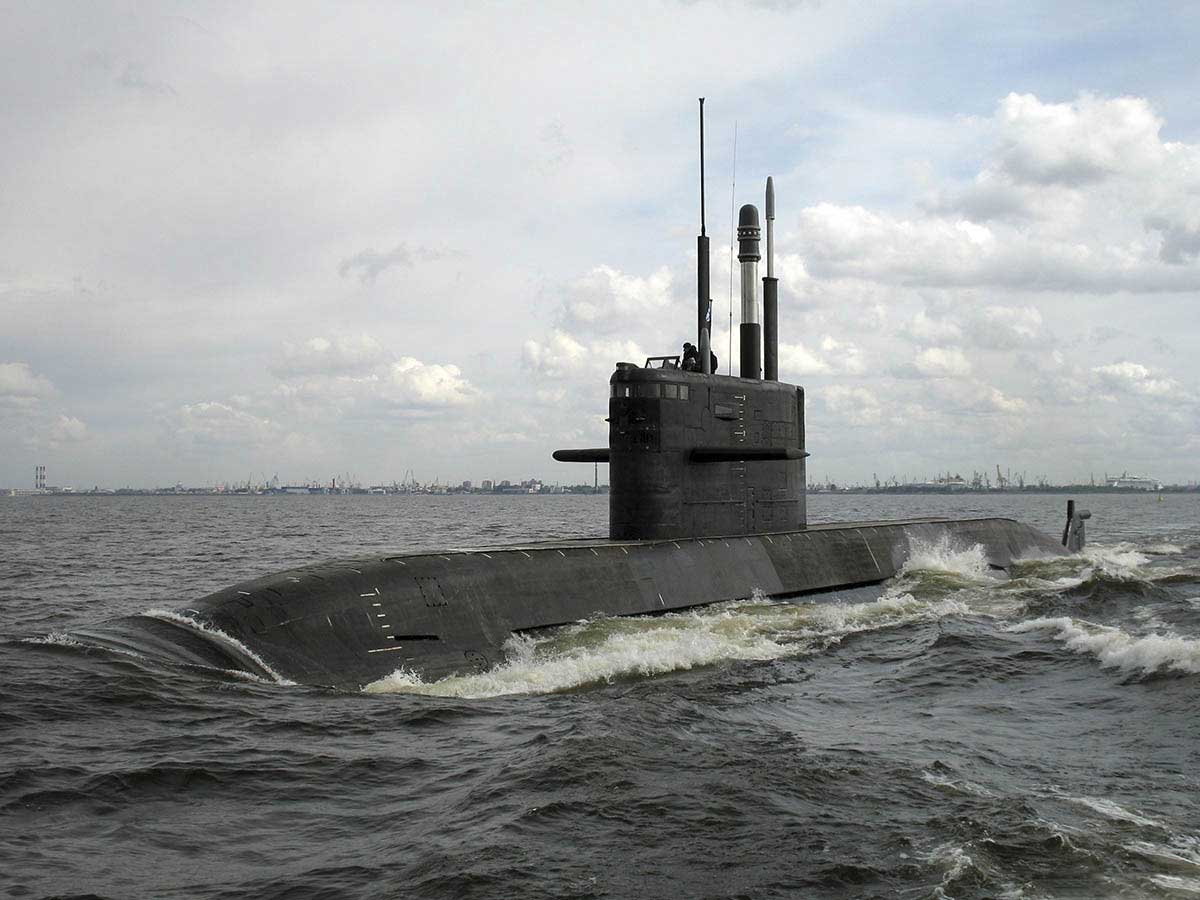
For two decades, the struggle of the Indian Navy to create a second line of submarine production in the country is well known. With Project 75 (I) under the
Strategic Partnership (SP) route now on track, stakes and expectations are on the high. The changing world dynamics poses many asymmetrical

security and strategic challenges for an aspiring India, be it in the immediate neighbourhood, or Indo-Pacific region or globally. In Asia, a silent trend of submarine arms race is building up that hovers around creation of indigenous capabilities, modernisation and expansion.
Thus, it is imperative for India to fulfil its maritime security and strategic interest and for this the Indian Navy needs adequate fleet of submarines as an ace and potent weapon platform along with aircraft carriers for power projection as an expanding blue-water Navy with growing responsibilities.
Based on the response to the Request for Information (RFI) and the subsequent criteria-based evaluation, the Navy has shortlisted five foreign Original Equipment Manufacturers (OEMs) and two Indian strategic partners and in all probability it will issue the Request for Proposal (RFP) by mid-2020.
Under the project, indigenous construction of six submarines will be done for the Indian Navy, which will cost around Rs 45,000 crore (US$6.3 billion). The shortlisted foreign OEMs are Naval Group (France), Rubin Design Bureau (Russia), ThyssenKrupp Marine Systems (Germany), Navantia (Spain) and Daewoo Shipbuilding & Marine Engineering (DSME – South Korea) and the two Indian strategic partners are Mazagon Dock Shipbuilders Ltd (MDL) and Larsen & Toubro Limited (L&T).
India currently has an active submarine production line at MDL that has delivered the first two of the six Naval Group Scorpene class submarines to the Indian Navy. The Project 75 (I) is a new programme planned to go along with the existing production line and will choose from five submarine types: Scorpene (Naval Group), Amur 1650 (Rubin Design Bureau), Type 214 (ThyssenKrupp), S80 (Navantia) and an offering (Chang Bogo class) from Daewoo Shipbuilding & Marine Engineering (DSME – South Korea).
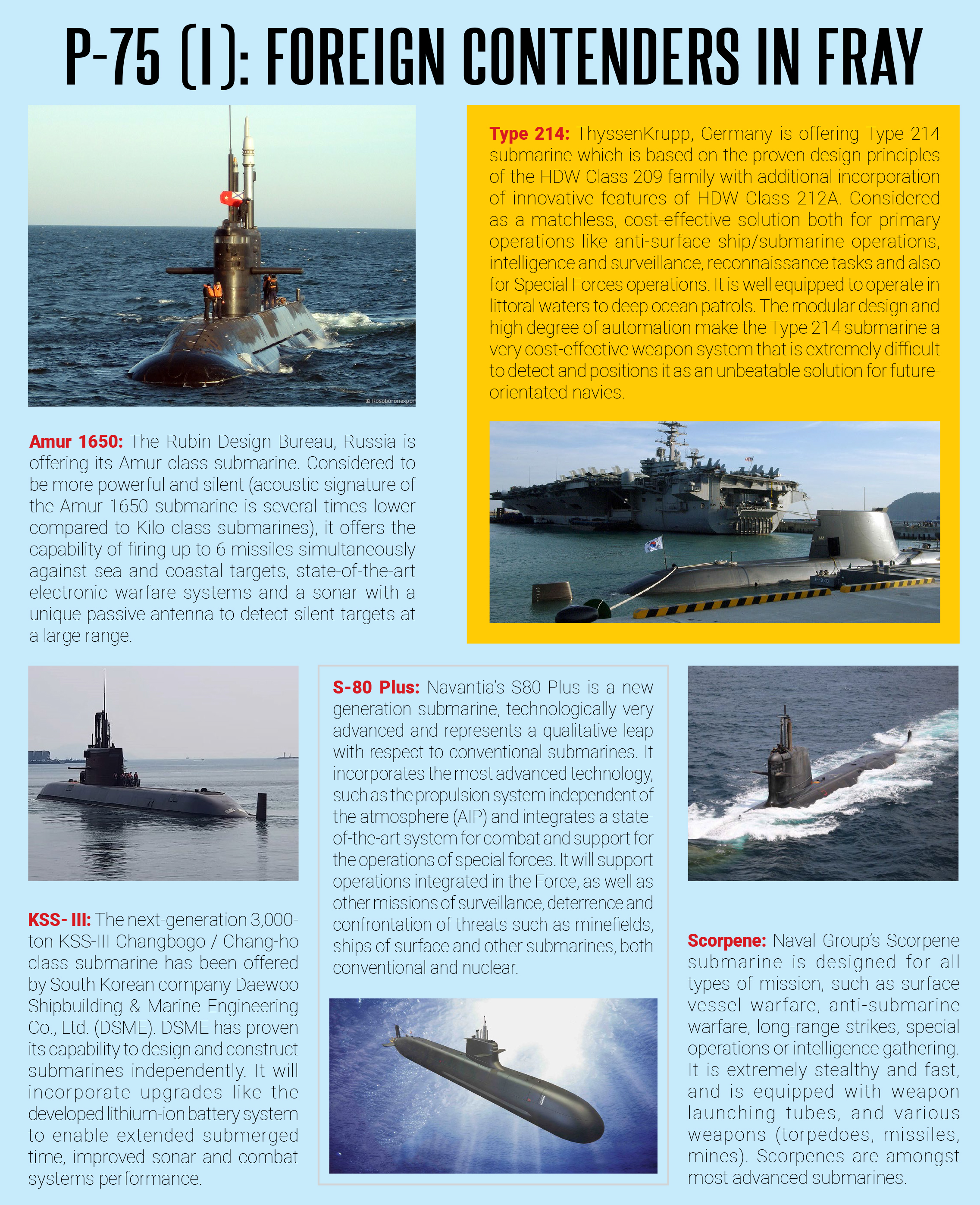
Taking into count the Indian Navy’s current submarine operations experience, there are three types: Russian Kilo class, German Type 209 conventional submarines and the newly inducted Scorpene class submarines. The P75 (I) shortlisting has not only opened up and expanded the competition; it has also become a huge test of the much-talked Strategic Partnership model. Based on speculations and assumptions, few questions as listed below arise:
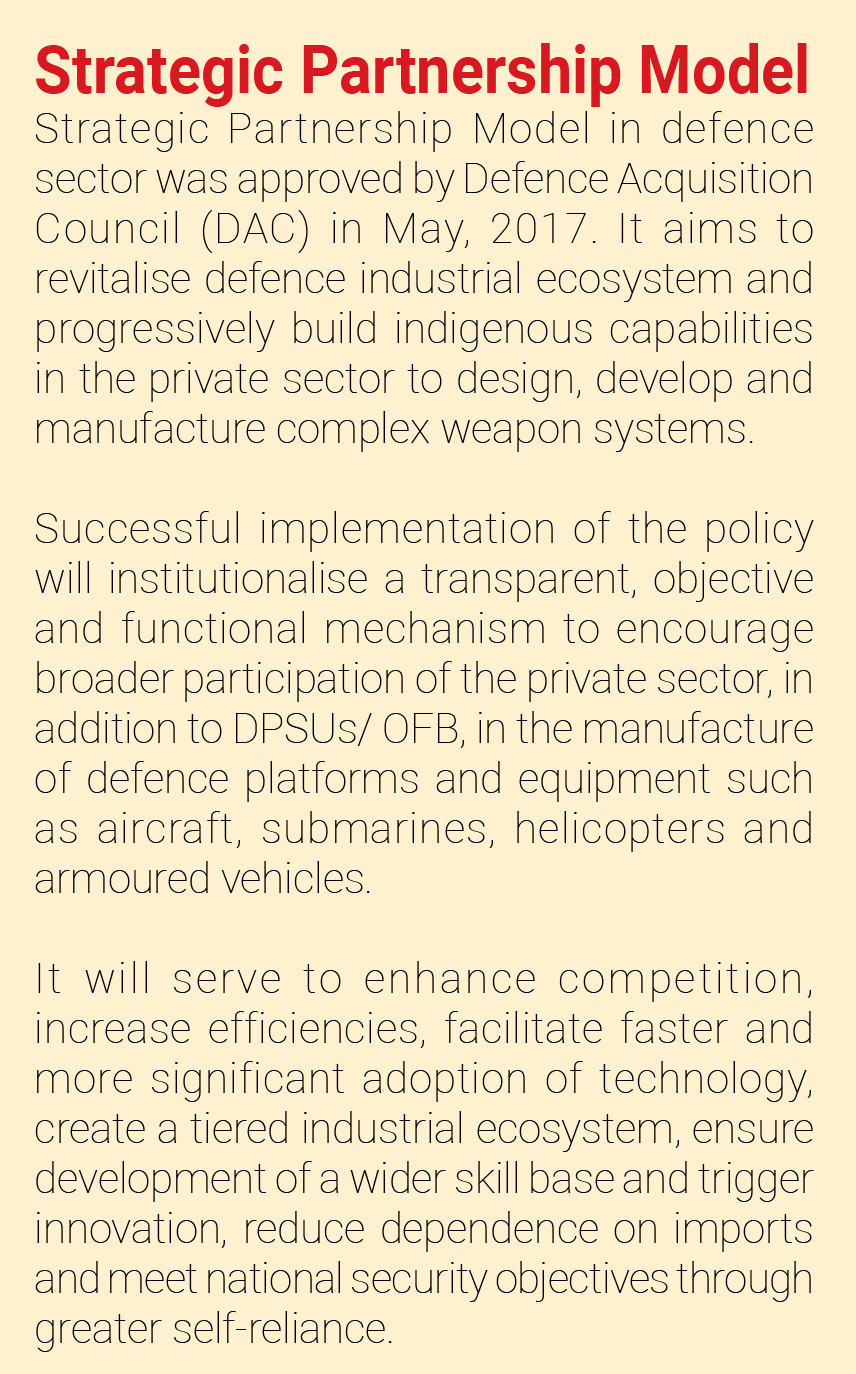
- Will the Indian Navy be looking for a new submarine type under the strategic partnership model or choose the one already in service and is in contention with others?
- Will MDL and L&T initially evaluate the competition among shortlisted foreign OEMs and choose their partner before responding to the RFP and provide the Indian Navy with the best options to evaluate and choose from?
- Will strategic partnership model pave way for MDL and L&T to come together and collaborate for the project?
- Will strategic partnership model be able to create a second line of submarine production with futuristic technology solutions and indigenous capabilities
- Will P75 (I) under strategic partnership model implement the L1 norm change as suggested by Niti Aayog and will take the call based on quality parameters, future technological compatibility and stipulated timeline for completion of the project?
Finding answers to the above is not going to be that easy. It will require lots of efforts for deliberation, discussion and evaluation with a fresh perspective. It will be about moving ahead with a mindset for experimentation. Is the Indian Navy willing to do it despite the numerous challenges being faced currently? Only time will tell depending on how SP model evolves further.
The P75 (I) submarines as new generation boats will be different from other operational ones due to its enhanced endurance capability and survivability – derived from the mandatory Air Independent Propulsion (AIP) along with improvised weaponry. It is expected that submarine-launched BRAHMOS supersonic cruise missile will be fitted (vertical launch BRAHMOS initially and later BRAHMOS Mini from torpedo tubes) to these boats.
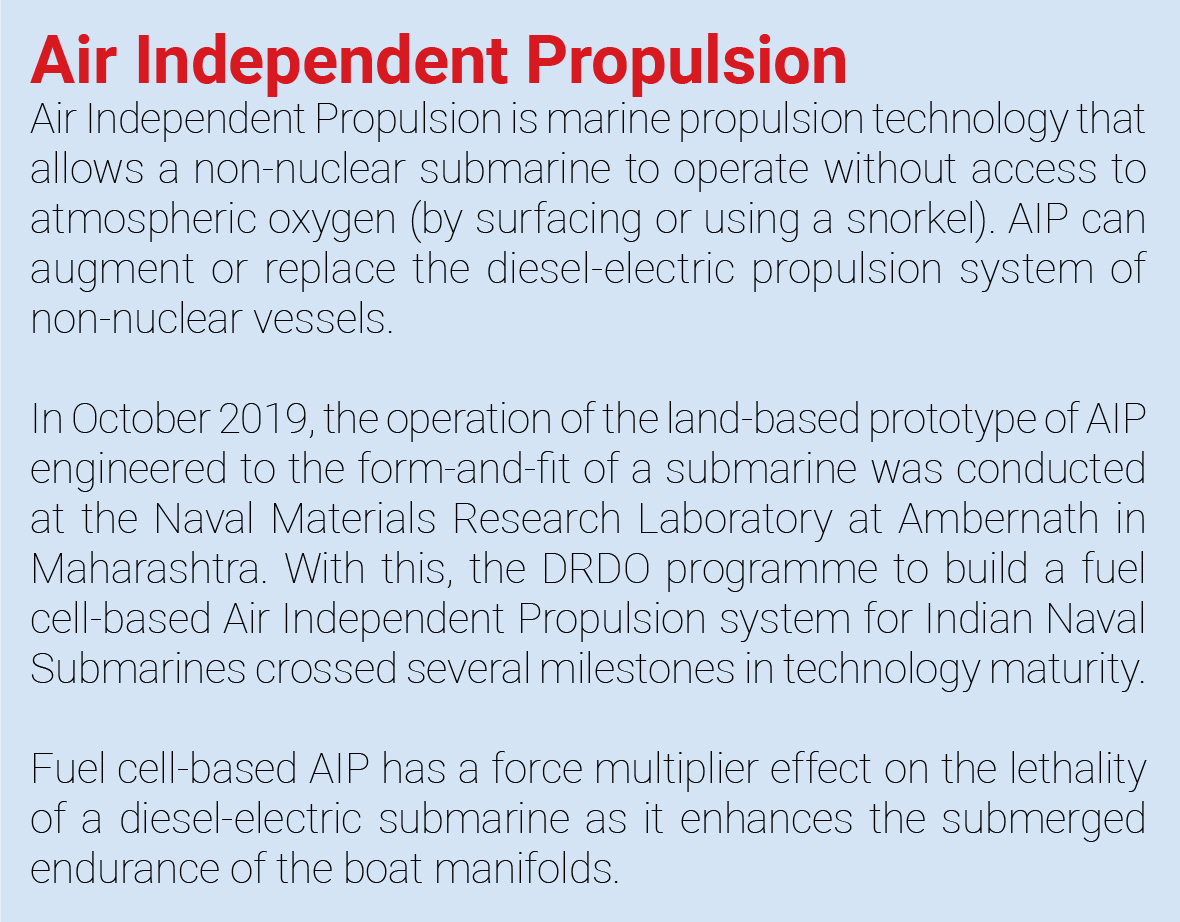 While experts are of the opinion that the real competition will be between Naval Group (France) and Rubin Design Bureau (Russia) and in all probability, L&T/ Rubin (Amur 1650) and MDL/ Naval Group (Scorpene) will go ahead to submit bids. This is just a conjecture and there is no reason to presume any preconceived alignment at the moment.
While experts are of the opinion that the real competition will be between Naval Group (France) and Rubin Design Bureau (Russia) and in all probability, L&T/ Rubin (Amur 1650) and MDL/ Naval Group (Scorpene) will go ahead to submit bids. This is just a conjecture and there is no reason to presume any preconceived alignment at the moment.
Interestingly, there will be three designs in fray for evaluation and considering the legacy of the foreign OEMs, formation of consortium partnership (for example: MDL/Naval Group and Navantia or L&T/ ThyssenKrupp and DSME) and bidding can’t be ruled out.
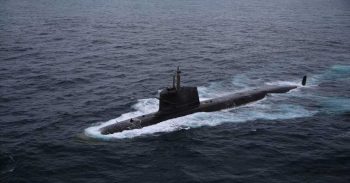
Whosoever wins the Project 75 (I) to build the six submarines, the following goals of SP model should get realised in totality:
- Progressively build indigenous capabilities along with the creation of a tiered industrial ecosystem
- Innovation and wider skill-base development
- Increase efficiencies and facilitate faster and more significant adoption of technology
It’s the opportune time to collaborate, create, innovate and be flexible for compatibility and raise the morale of the private sector by giving them the much awaited opening to either lead from the front or be a project partner to move ahead on the learning curve. Else, reducing dependency on imports and meet national security objectives with greater self-reliance will remain elusive once again for aspirational India. And India can’t afford to miss this opportunity now.









